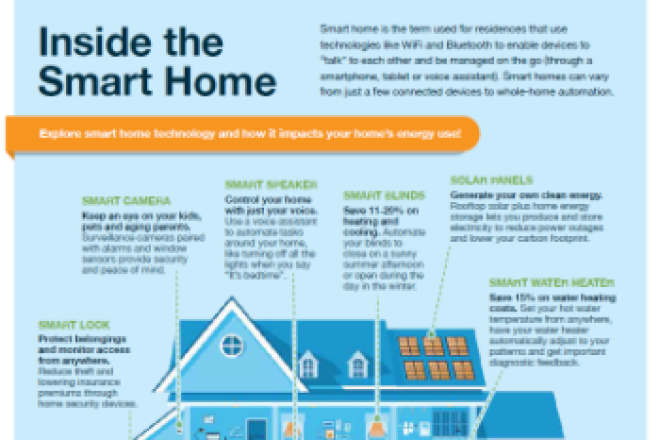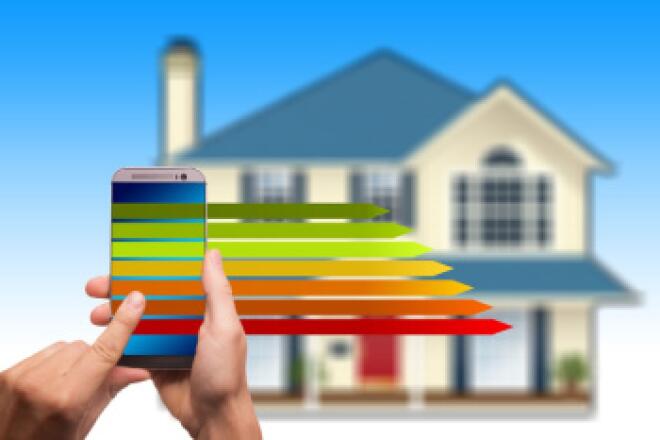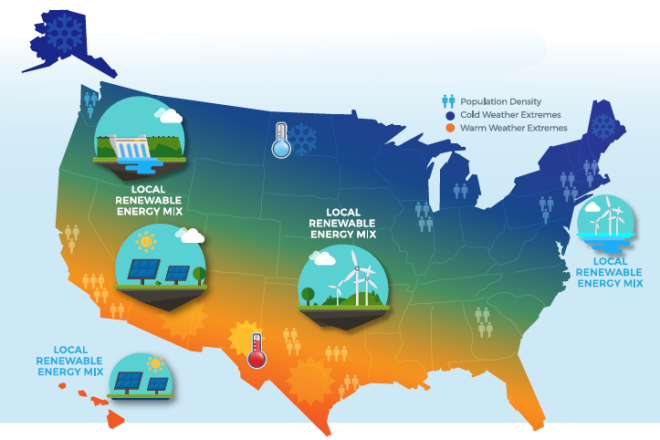
Using Data to Become a Smarter Energy Consumer
Did you know that your energy data can power hundreds of dollars of energy savings each year? Smart meters and smart home devices are creating more data than ever before, and this could mean many benefits for you.
What does a more connected world mean for me?
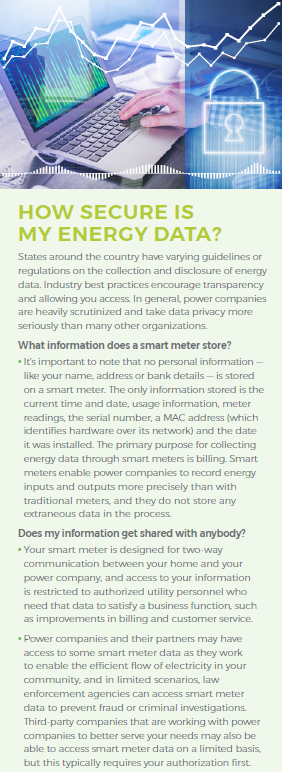 In today’s digital world, data is everywhere. What you buy, where you go and what you do can all be tracked by your own connected devices (such as smartphones and smart watches) or the companies that you choose to do business with.
In today’s digital world, data is everywhere. What you buy, where you go and what you do can all be tracked by your own connected devices (such as smartphones and smart watches) or the companies that you choose to do business with.
While there are privacy concerns with the amount of data available today, your data can also be used to power better experiences for you as a consumer and for society as a whole. The discussion for many consumers today is around how we get the most personal or societal benefit from these technologies while limiting the risks of data collection, such as identity theft, breaches, improper use or other concerns.
Like other areas of society, there has also been a data revolution in the energy industry. Previously, power companies were the sole supplier of information to customers in the form of monthly bills that provided very basic information to you — such as the total amount of energy consumed and the dollar amount owed for the month.
Today, however, energy consumers like you have more access to and control over your energy data than ever before. While there are still many improvements that can be made in delivering useful data to consumers, the arrival of smart thermostats, smart meters and other technologies is helping consumers learn more about how and where they’re using electricity in their homes.
THE BOTTOM LINE: Similar to other aspects of your life, there’s a data revolution in the energy industry that can deliver many benefits for you and society.
What types of energy data are available today?
When it comes to the energy data available to you today, there are essentially two main types: the data that your power company can see and the data that you can see. If your power company has installed smart grid technologies, including smart meters on homes and sensors on the electric grid, they have access to a wealth of data that can be used to provide better service and more program options to you.
For example, data can be used to provide customers with more accurate information regarding outages and even improve outage restoration times. Data can also help power companies deploy renewable energy resources and electric vehicle chargers in your community and help them develop better programs and services to help you meet your energy goals.
Then there’s the data that you as a consumer can see. This could be your heating and cooling usage from your smart thermostat or your home’s total usage from your smart meter, a digital meter that is installed by power companies house by house. These meters send wireless signals to show how much electricity your house is using as a whole.
THE BOTTOM LINE: Smart technologies are delivering more data than ever before to both you and your power company, and this can lead to significant benefits.
How is energy data more available to me now?
Smart meters are a main source of energy data for you as a consumer today. These digital meters accumulate information about your energy usage, allow power companies to compare data sets of many homes and give you access to regular reports on how much energy your home is using. Many power companies also now have apps and online platforms where you can also view this data.
However, it’s important to note that what’s available to consumers varies significantly from power company to power company. Some platforms allow consumers to see their energy consumption in real time, while others may have data in 15-minute intervals starting with the day prior. There are also substantial differences in how the data is visualized for you. For example, some power companies break down how your energy usage compares to similar homes in your neighborhood. And some consumers may be able to see their usage by each appliance in their home.
Smart home devices — such as smart outlets, smart thermostats and smart appliances — are also producing a wealth of data. For example, smart water heaters collect data about your home’s usage, which allow them to automatically adjust to your patterns. Smart thermostats help track the usage of your biggest energy consumer — heating and cooling — and smart plugs, outlets and power strips can monitor the energy consumption of whatever devices are plugged into them.
THE BOTTOM LINE: Your energy data is mostly coming from smart meters, which your power company installs on your home, and smart home devices, which you can purchase and likely install yourself.
What can I do with my energy data?
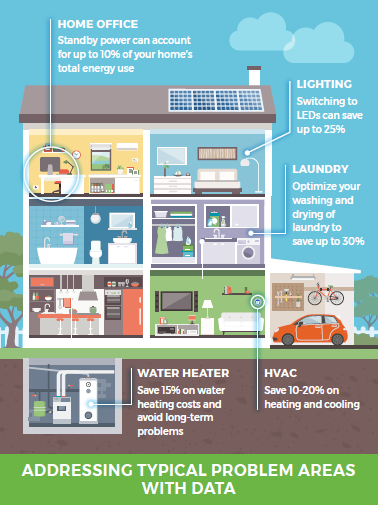 The smart meter and the data that it produces are the foundations for a new world of energy possibilities. Prior to smart meters, you would typically only see total energy usage and balance due on your monthly bill, but now you have the power to take control of your home’s energy use, whether you prefer to dig into your data or just set it and forget it with automated devices.
The smart meter and the data that it produces are the foundations for a new world of energy possibilities. Prior to smart meters, you would typically only see total energy usage and balance due on your monthly bill, but now you have the power to take control of your home’s energy use, whether you prefer to dig into your data or just set it and forget it with automated devices.
By viewing your daily energy consumption data, you can adjust your daily patterns to help you save money while staying comfortable. With smart meters and smart home technology, you may also be able to see which areas of your home are using the most energy. You can change these devices and appliances out for more for energy-efficient versions or discover fixable issues before they really start affecting your wallet (in the case of a water heater that’s malfunctioning, for example).
With the advent of smart meters, there are now more electric rate plans than ever before, and you can work with your power company to find the plan that works best for you. Using your actual consumption data, your power company can perform an analysis and see what plan would help you save without changing any of your current habits. They also can use this data to help you troubleshoot high bills.
There are also many new programs and services that you can enroll in that are powered by the transmission of data between your home and your power company. For example, you can sign up for programs to reduce energy consumption of appliances or your A/C in exchange for credits on your monthly bill.
However, you don’t need to regularly access your data to benefit from it. Home appliances and other large energy users (like your
air conditioning) can be optimized with the detailed energy data from smart thermostats and other smart devices. You’ll benefit from this automation without having to dig into your data.
THE BOTTOM LINE: You can participate in new programs, rates and services — or you can rely on automation to optimize your devices based on your data. Either way, easier access to your data can unlock up to $250 a year in savings.
Download this fact sheet.

